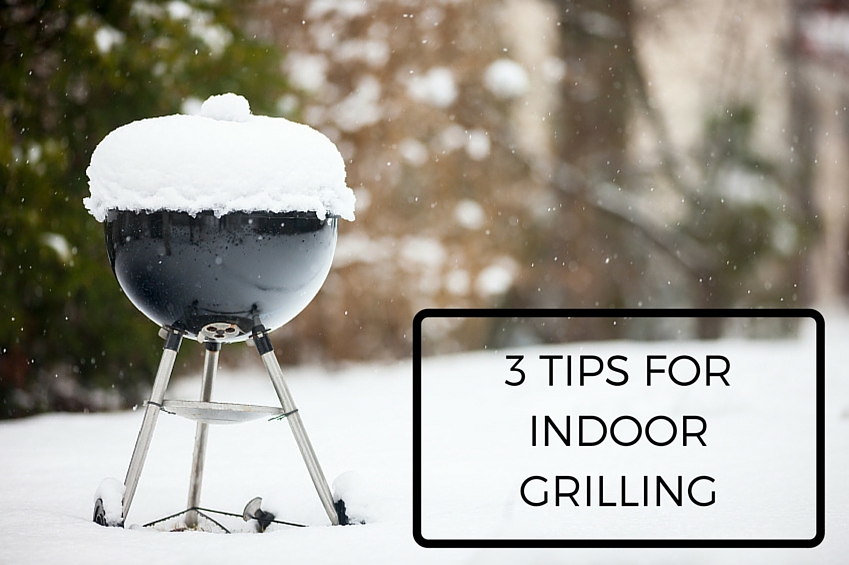We all know that grilling food is healthier than frying it. Grilling keeps fat from being absorbed into the food and helps keep calories and cholesterol down.
In wintertime, the only way grilling isn’t healthier for you is if you catch a cold while braving freezing temperatures outside to grill.
(Disclosure: The author is a big advocate of winter grilling. When I accepted a newspaper job in Cleveland, my future boss counseled me to buy two snow shovels; one for the deck to keep a clear path to the grill.)
These days you can get the benefits of grilling without leaving your kitchen. The electric indoor grill, made famous by George Foreman’s marketing push two decades ago, has been more recently polished by high-end brands such as Cuisinart, offering options like different temperature settings for the top and bottom surfaces. Still, indoor grilling relies on the same basic principle: a slanted bottom surface to drain fat to a reservoir and away from food.
“All that fat drips away, which is nice,” said Karah Stanley, a registered dietitian with St. Elizabeth Healthcare. “When you’re cooking in a pan, there’s nowhere for that fat to go, so it’s absorbed by your food. So, you certainly cut back on your fat intake that way.”
Some of the caveats for outdoor grilling apply indoors as well, Stanley said:
- Make sure to use a meat thermometer to ensure your food is cooked through. The United States Department of Agriculture recommends an internal temperature of 145 degrees for beef, 160 for ground beef, and 165 for chicken and turkey.
- It’s OK to make those professional grill marks on your meat, but you don’t want to char-grilled foods excessively. That can promote the formation of heterocyclic amines (HCAs) and polycyclic aromatic hydrocarbons (PAHs), chemicals that have been linked to cancer.
- As with grilling outdoors, marinades can help your meat retain moisture. But too much marinade can trigger charring and its inherent problems.
When grilling vegetables, consider using your grill as an open (bottom-surface only heated) rather than a contact (bottom surface and closed lid both heated) model. A contact grill can provide too much heat around vegetables.
The online consumer-product review site toptenreviews.com rated Cuisinart’s Griddler the No. 1 electric indoor grill for 2016, followed by the West Bend 6111 (best at draining fat and oil), Hamilton Beach 25355, Breville Smart Grill (priciest at nearly $300), and DeLonghi BG24 (least expensive, less than $50). In this survey, the venerable Foreman came in sixth.

